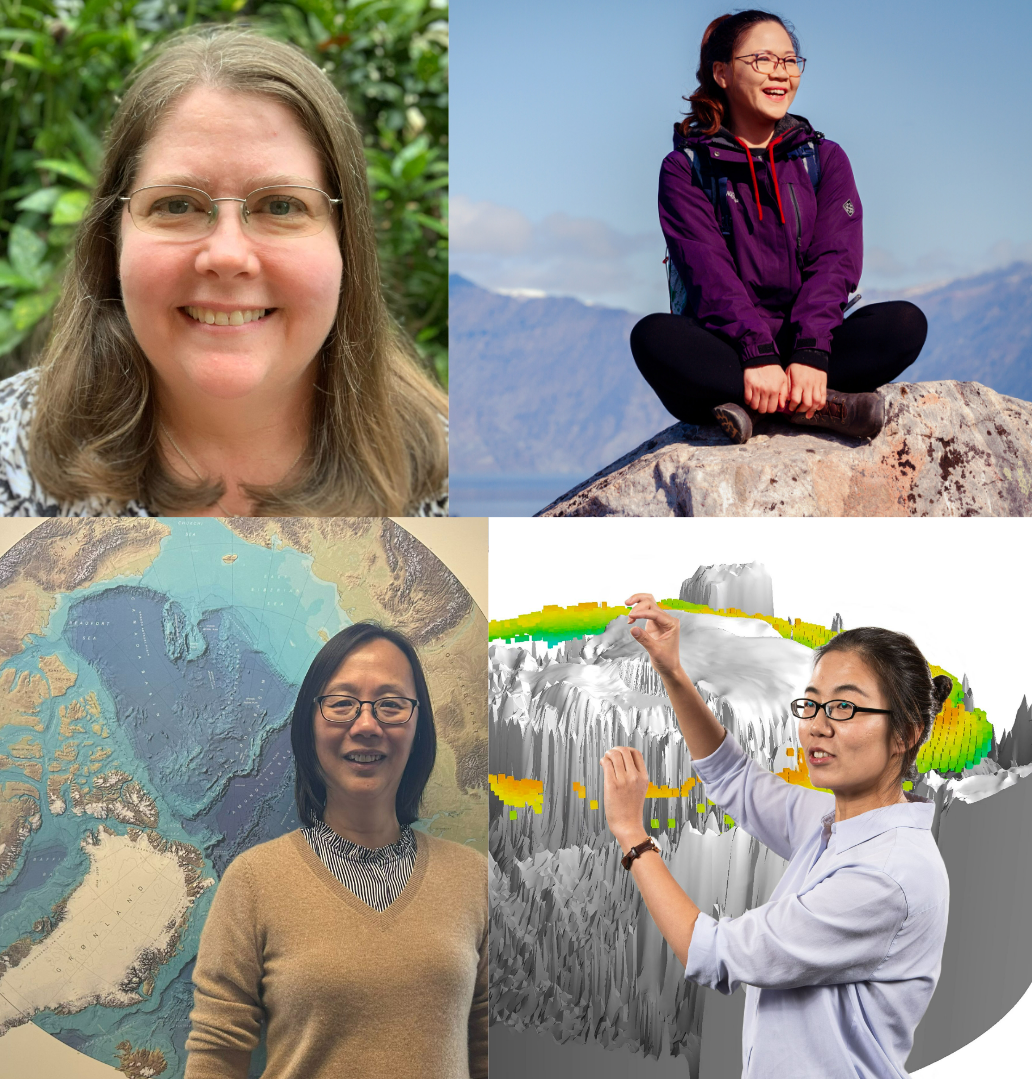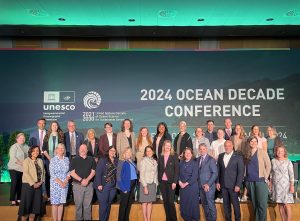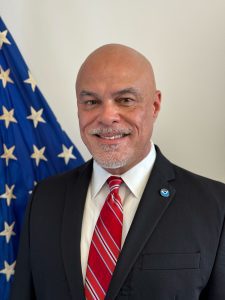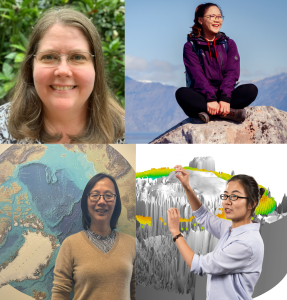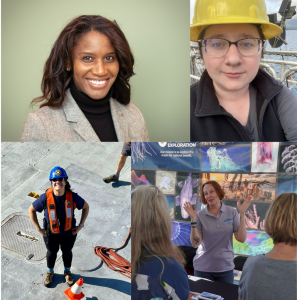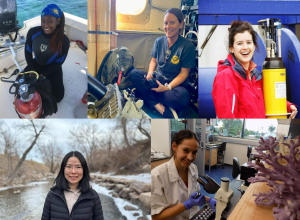This Women’s History Month, we have shared the stories of more than 20 women across NOAA Research who are advancing our knowledge of ocean, atmospheric, and climate processes through science, leadership, management, communication, and outreach. For our final story, we move north to the Arctic, a region that is warming four times as fast as the rest of the globe. The resulting impacts, including increased air and ocean temperatures and decreased sea-ice extent, affect different levels of the marine ecosystem and the communities who depend on regionally important fish stocks like salmon. Continue reading to meet four women who are committed to improving our ability to understand and predict changes in the Arctic region through conducting, supporting, and expanding scientific research activities.
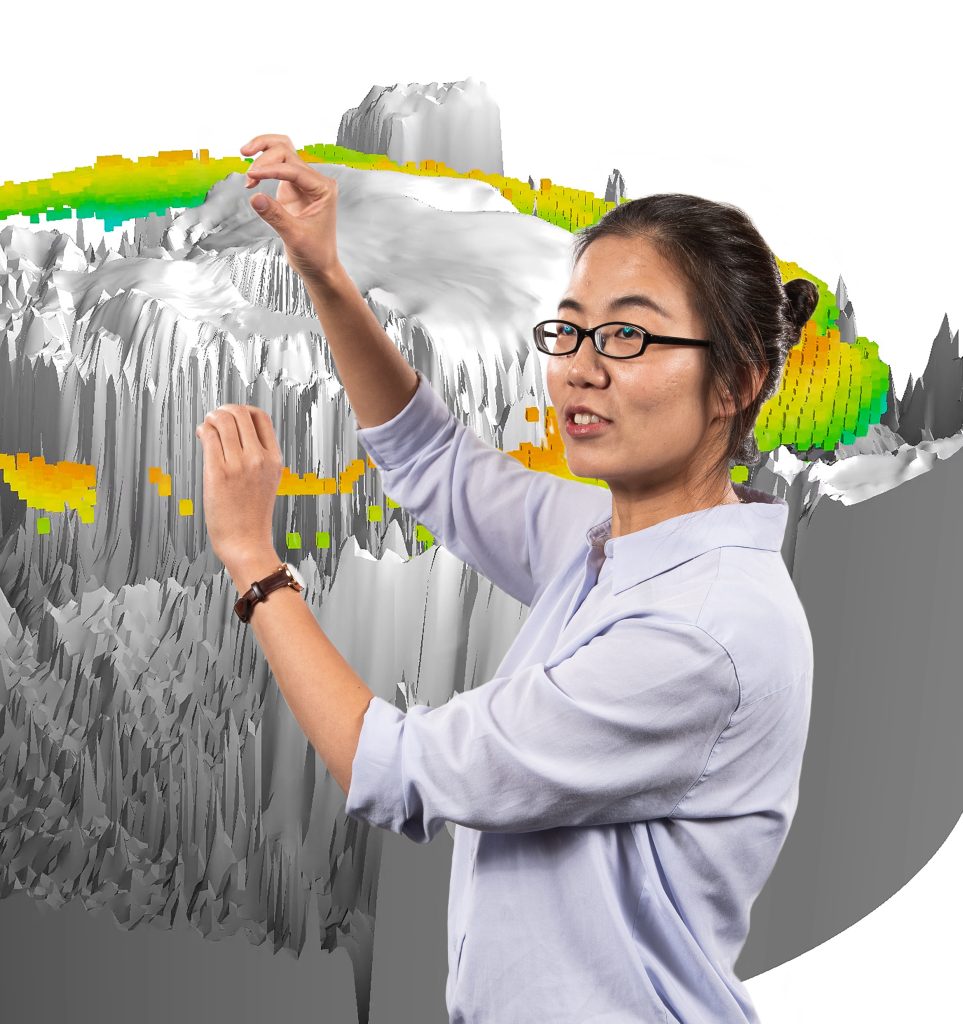
Meet Jiaxu Zhang, a research scientist at the University of Washington Cooperative Institute for Climate, Ocean, and Ecosystem Studies and NOAA’s Pacific Marine Environmental Laboratory. By bringing together field observations and numerical models, Jiaxu works to help understand ocean dynamics, track changes in winds and sea-ice movement, and monitor the distribution of nutrients that support healthy marine ecosystems in the Pacific Arctic. “This work is critical for enhancing the resilience of coastal communities in Alaska, ensuring safe navigation, and maintaining food safety,” Jiaxu says.
Read about when Jiaxu participated in a buoy deployment from a Twin Otter aircraft, and what advancements she is excited to see in her field by clicking here.
Jiaxu describes the moments following a buoy deployment from the Twin Otter aircraft as one of the most fulfilling moments in her career. Air-deployed buoys help researchers like Jiaxu by collecting data like ocean temperature, salinity, and surface waves, which are valuable measurements for trying to study and predict changes in the region. “The anticipation builds in those few minutes before the data begins to transmit back. It’s an intense wait, but … when I hear from the science teams that they’ve begun receiving data, it truly feels like I’m on top of the world.”


Deployment of an Airborne eXpendable Current Profilers (AXCP) from the NOAA Twin Otter during the 2018 Arctic Heat flight campaigns over the Chukchi Sea. (Photo Credit: Kevin Wood)
In the next five years, Jiaxu says she is excited about the advancements that will come from more widespread use of crewed and uncrewed platforms for monitoring the Arctic marine environment, including the collection of hyperspectral ocean color data. She also anticipates that the research community will adopt a strong, interdisciplinary approach for studying the Arctic Ocean, which is needed to “examine the complex interactions between the atmosphere, ice, ocean, and ecosystem.” Jiaxu says that working on such an interdisciplinary team keeps her upbeat: “The excitement of discovering new insights and solutions together keeps me motivated and optimistic.”
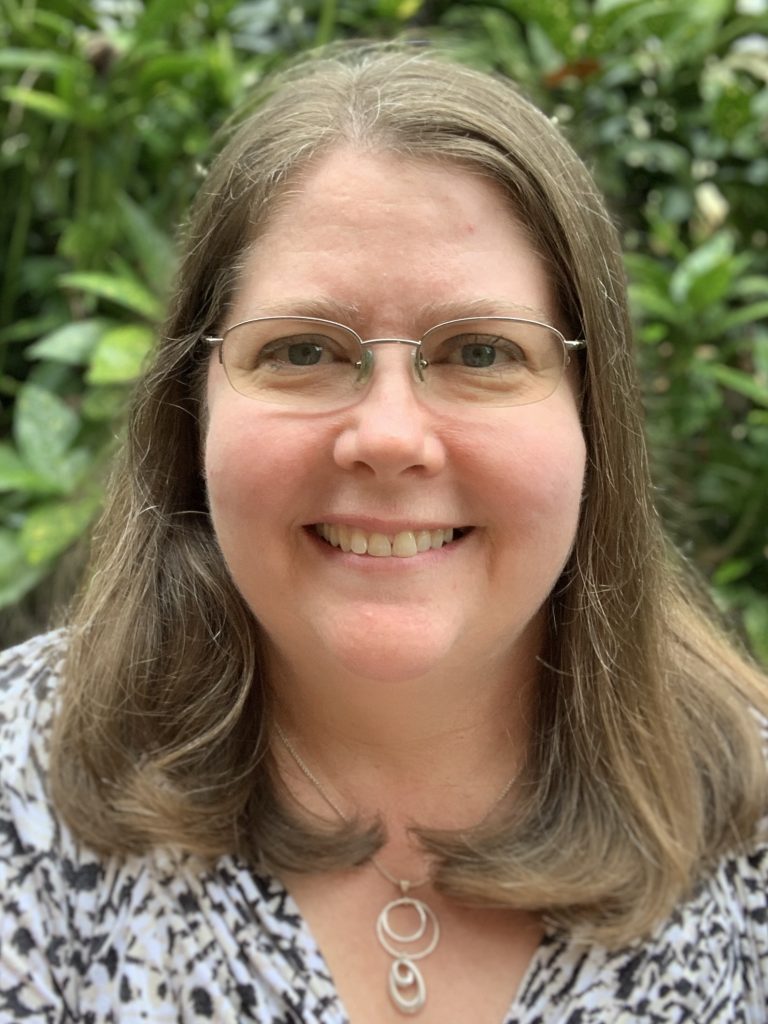

Sandy Lucas is the Director of the Arctic Research Program (ARP) in NOAA’s Global Ocean Monitoring and Observing Program. The ARP supports targeted, sustained ocean observing and model improvements in the Arctic region through collaborations, partnerships, and by funding interdisciplinary research. Sandy is well-suited for this role considering her interdisciplinary academic background that includes physics, physical oceanography, and atmospheric and climate sciences. She jokes that she is both the “O” and the “A” – the ocean and the atmosphere – in NOAA. As a program director, she sets the short and long-term strategic direction for the Arctic Research Program over the next 5-10 years.
Read about the pride Sandy feels for her work on the Arctic Research Program, and what advice she has for women looking to enter the Arctic research field by clicking here.
When Sandy reflects on her career, 30 years after taking her first upper-level oceanography class and 16 years after joining NOAA, she has many proud moments. But today, she answers “I really think I’m most proud of leading the Arctic Research Program and its team. This is really the vital and crucial place for me to be right now.” She says that working in the Arctic ignites her passion for oceanography, challenges her to think in an interdisciplinary and multidisciplinary way, and that she is inspired by her colleagues who are also committed to understanding changes going on in the region.
To women looking to enter the field, Sandy’s advice is to be open to change. “When I started my career, I thought I was going to be a chemist! But then I changed, and I changed again.” She also encourages these women to remember that not all situations that seem like failures are bad – “in fact, for me, many of them were good.” Finally, Sandy gives the reminder to “rely on your friends! Friends and colleagues are hugely important.”
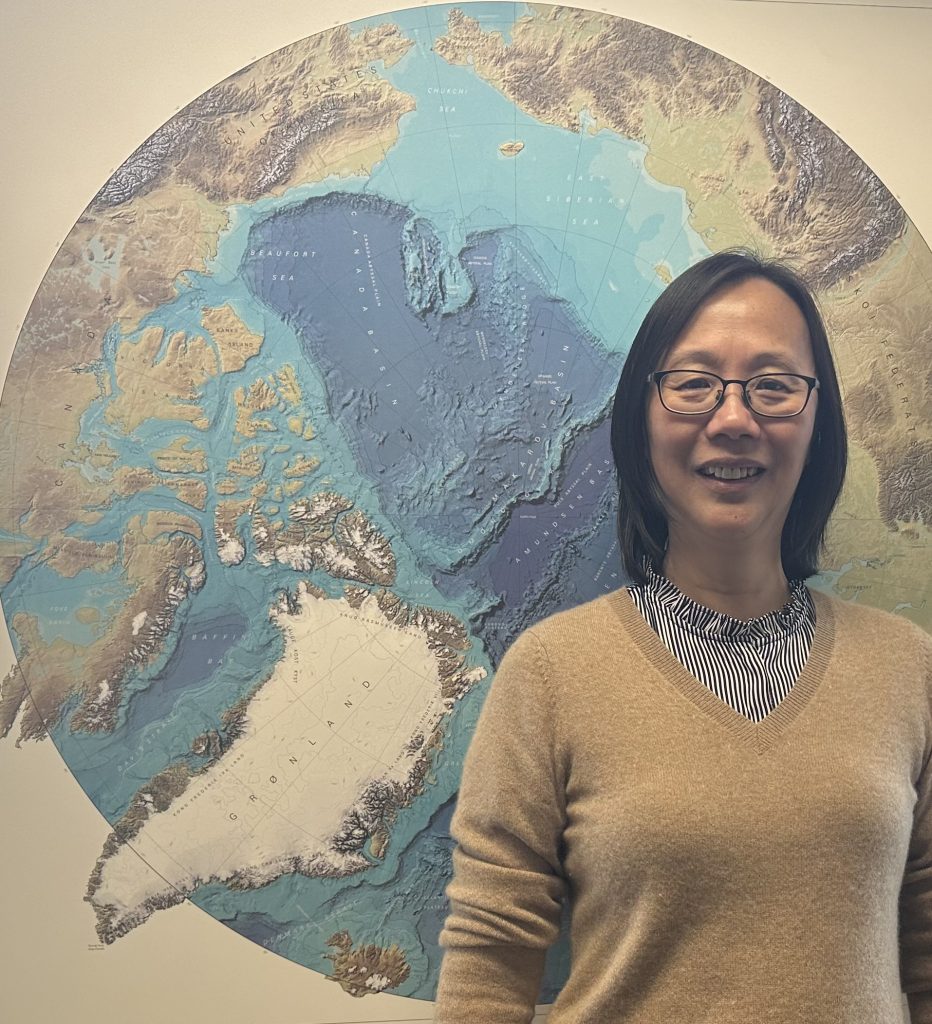

Wei Cheng is a physical scientist at NOAA’s Pacific Marine Environmental Laboratory in Seattle, Washington. Currently, Wei works on NOAA’s Climate, Ecosystems, and Fisheries Initiative, an effort to build the nationwide, operational ocean modeling and decision support system needed to reduce impacts, increase resilience, and help adapt to changing ocean conditions. Within this multidisciplinary initiative, Wei focuses primarily on modeling biological and physical ocean parameters from Baja, California to the polar Bering and Chukchi Seas. The findings from such modeling efforts will guide decision-making in marine resource management.
Read about the challenges of Arctic research, and how Wei hopes to see this field advance in the next 5 years by clicking here.
Something Wei wishes more people knew about Arctic research is just how challenging it is to collect oceanographic measurements in the Arctic and sub-Arctic regions because of the “harsh environment” in places like the Gulf of Alaska and the Bering Sea. Yet, ocean observations from these regions are critical because this is where we are seeing “some of the most pronounced climate change signals.”
Wei is hopeful that the next five years will see advances in technology that allow for significantly more multidisciplinary measurements in the ocean at fuller temporal and spatial scales, ice covered or ice free. These technological advances would help improve models and develop new parameterizations as well as machine learning algorithms of the Arctic ocean systems, through which “we gain deeper insights into the processes at play in the real system, and can more accurately predict future changes.” Wei says she feels the most empowered when she gets to work on a team with other women. “I collaborate with women scientists across various age groups in our field, both those older and younger than myself.”
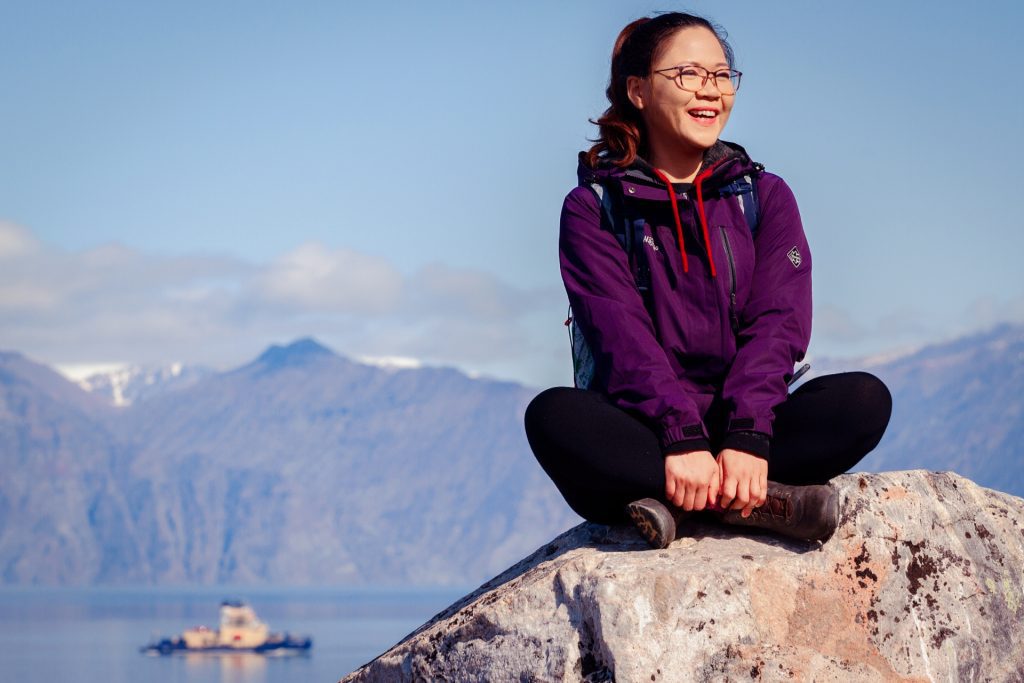

Cynthia (Cindy) Garcia is a program manager for the Arctic Research Program in NOAA’s Global Ocean Monitoring and Observing Program, where she manages projects that focus on sea-ice observations and data management. She is also serving as the coordinating editor for the Arctic Report Card. Her work supports NOAA’s mission by “facilitating access to vital Arctic data…this, in turn, supports the development of products and tools crucial for understanding and responding to the changes occurring in the Arctic.” Cindy says it’s important to remind others of the complexities and collaborative nature of Arctic research – “it’s not just about collecting data; it’s about weaving together knowledge from various sources, including Indigenous Knowledge, to build a comprehensive understanding of the Arctic.”
Read about Cindy’s passion for mentorship and her scientific career that led her to her current position by clicking here.
Cindy is passionate about mentorship, and says she feels the most empowered when she can break down barriers and open doors for the next generation by mentoring other women or minoritized students in STEM. One of Cindy’s proudest moments was when an undergraduate mentee of hers presented research at a major scientific conference and also shared that the mentorship experience inspired her to also guide other minoritized students in the future. “It’s incredibly rewarding to see the positive ripple effects of mentorship.” In the coming years, she hopes to see principles of diversity, equity, inclusion, and accessibility integrated more intentionally and thoughtfully into Arctic research and policy decisions. The “growing recognition of the value of diverse perspectives in science” gives Cindy hope.
Before her career in program management, her research focuses on understanding biogeochemical changes along marginal ice zones and coastal margins of our planet using satellite-derived measurements. She also dedicated time to serve in organizations that help build supportive networks and alliances.
